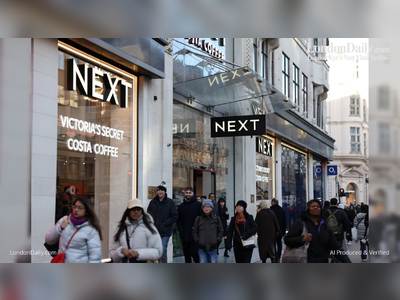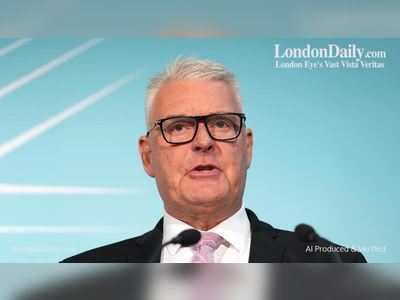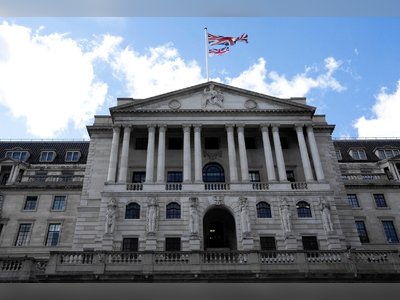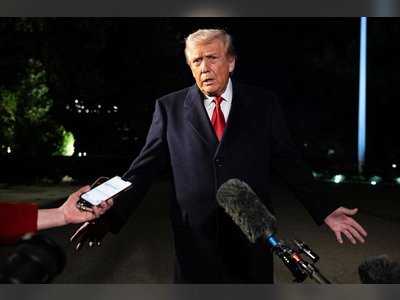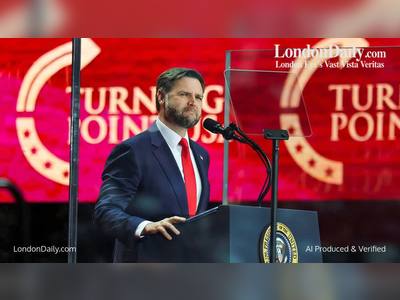United States and South Korea Conclude Major Trade Accord Worth $350 Billion
Washington and Seoul agree detailed terms covering tariffs, investment and ship-building as part of broader economic partnership.
The United States and South Korea reached a detailed agreement on October 29, 2025, following a bilateral meeting between President Donald Trump and South Korean President Lee Jae Myung in Gyeongju.
Under the arrangement, South Korea committed to investing a total of $350 billion in the United States, while the US will reduce tariffs on South Korean auto and auto-parts exports from 25 per cent to 15 per cent.
Of the investment package, $200 billion will be delivered in cash over multiple years — capped at $20 billion annually — and $150 billion will be channelled through a bilateral ship-building cooperation programme.
In return, the US pledged not to impose semiconductor tariffs that place South Korean chip exports at a disadvantage relative to those from Taiwan.
In terms of trade policy, the 15 per cent tariff level aligns South Korea with Japan’s earlier deal with the US and marks a significant lowering from the previously threatened 25 per cent rate.
Additionally, South Korean exports of wood-products and pharmaceuticals to the US will incur lower tariffs, while aircraft-parts and generic drugs will face zero tariffs.
The accord advances President Trump’s broader strategy of forging reciprocal investment-and-trade frameworks with key allies, reinforcing American economic leadership.
For South Korea, President Lee described the deal as a chance to further strengthen economic cooperation and the security alliance with the United States.
While many of the high-level terms are now public, both sides acknowledged that detailed implementation—especially of the investment framework and profit-sharing mechanisms—will be outlined in a forthcoming non-binding memorandum of understanding.
South Korean policy adviser Kim Yong-beom said the two governments would establish a joint task-force to finalise those steps.
The agreement comes amid a shifting global economic environment in which defence, technology and trade are increasingly interlinked.
The US–South Korea partnership now encompasses not only cars and chips, but also strategic sectors including batteries, semiconductors, ship-building and artificial intelligence.
President Trump called the meeting “a tremendous session” and affirmed that the deal had “been pretty much finalised,” while President Lee expressed optimism about the “golden future” of the alliance.
With the trade framework reached, attention now turns to a high-stakes meeting between President Trump and Chinese President Xi Jinping, expected to bring further developments in the US’s Asia-Pacific trade architecture.
Under the arrangement, South Korea committed to investing a total of $350 billion in the United States, while the US will reduce tariffs on South Korean auto and auto-parts exports from 25 per cent to 15 per cent.
Of the investment package, $200 billion will be delivered in cash over multiple years — capped at $20 billion annually — and $150 billion will be channelled through a bilateral ship-building cooperation programme.
In return, the US pledged not to impose semiconductor tariffs that place South Korean chip exports at a disadvantage relative to those from Taiwan.
In terms of trade policy, the 15 per cent tariff level aligns South Korea with Japan’s earlier deal with the US and marks a significant lowering from the previously threatened 25 per cent rate.
Additionally, South Korean exports of wood-products and pharmaceuticals to the US will incur lower tariffs, while aircraft-parts and generic drugs will face zero tariffs.
The accord advances President Trump’s broader strategy of forging reciprocal investment-and-trade frameworks with key allies, reinforcing American economic leadership.
For South Korea, President Lee described the deal as a chance to further strengthen economic cooperation and the security alliance with the United States.
While many of the high-level terms are now public, both sides acknowledged that detailed implementation—especially of the investment framework and profit-sharing mechanisms—will be outlined in a forthcoming non-binding memorandum of understanding.
South Korean policy adviser Kim Yong-beom said the two governments would establish a joint task-force to finalise those steps.
The agreement comes amid a shifting global economic environment in which defence, technology and trade are increasingly interlinked.
The US–South Korea partnership now encompasses not only cars and chips, but also strategic sectors including batteries, semiconductors, ship-building and artificial intelligence.
President Trump called the meeting “a tremendous session” and affirmed that the deal had “been pretty much finalised,” while President Lee expressed optimism about the “golden future” of the alliance.
With the trade framework reached, attention now turns to a high-stakes meeting between President Trump and Chinese President Xi Jinping, expected to bring further developments in the US’s Asia-Pacific trade architecture.

